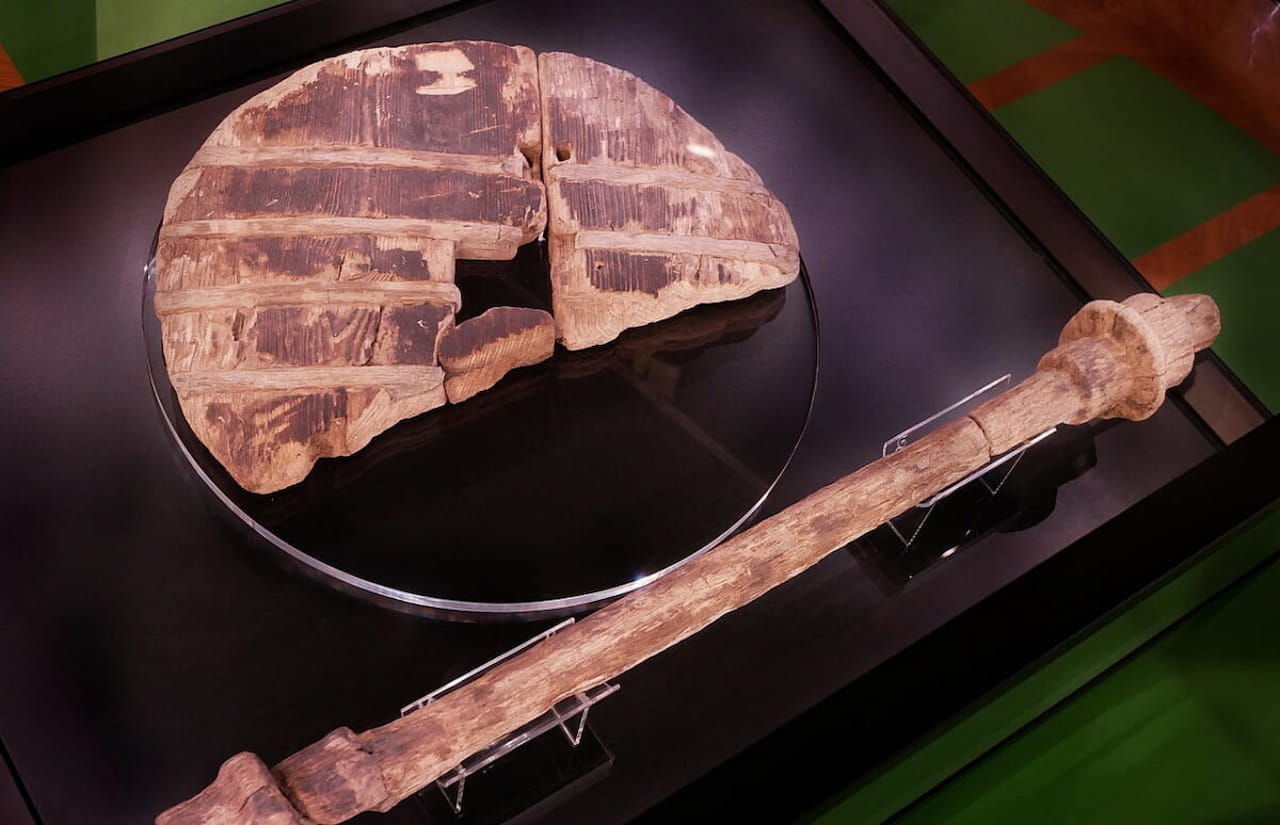A groundbreaking study suggests that copper miners in the Carpathian Mountains may have been the inventors of the first wheel around 6,000 years ago. This theory, based on recent modeling research, emphasizes how the region’s mining activities might have led to significant advancements in transportation technology. The research team, including Richard Bulliet from Columbia University and engineers Kai James and Lee Alacoque, analyzed the unique challenges faced by early miners and how these difficulties may have driven innovations in wheel design.
The study delves into the origins of the wheel, a critical development in human history that revolutionized trade, transportation, and construction. Although traces of wheeled vehicles have been discovered in regions spanning Europe, Asia, and North Africa, precisely determining where and how the wheel was first invented has always puzzled historians. This new research narrows the focus to the Carpathian Mountains, between 4000 and 3500 B.C., when miners needed to move hefty loads through narrow and uneven mine shafts. The team believes that the practical demands of transporting heavy copper ore may have sparked the gradual evolution of wheel technology.
Three significant stages in the wheel’s development are emphasized in the study. Initially, miners likely used cylindrical wooden rollers to move heavy rocks, which worked but had limitations. The next leap forward came with the creation of grooved rollers, which could grip materials better and prevent slippage. From there, the innovation of attaching rollers to a fixed axle—forming the first wheelset—allowed carts to move over uneven ground more efficiently. The final stage involved developing wheels that rotated independently of the axle, improving stability and maneuverability, and laying the foundation for the wheel designs we recognize today.
These incremental innovations transformed the way people moved materials and set the stage for broader societal changes. The study underscores the importance of necessity in driving human ingenuity, illustrating how a community of miners working in harsh and challenging conditions could have developed a tool that would forever change civilization. The researchers’ work brings us closer to understanding how one of humanity’s most vital technologies might have come to be.










